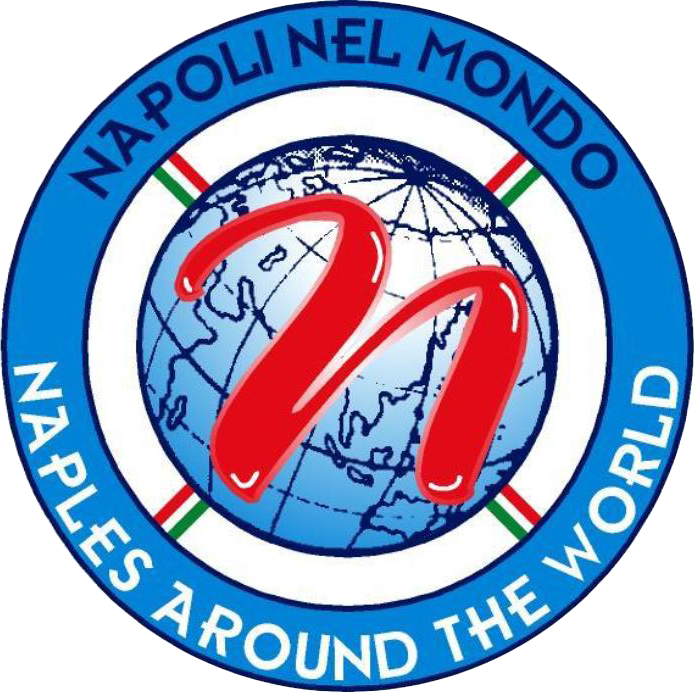
Un tempo, l’unico popolo a calpestare il suolo della attuale Naples furono i nativi americani della tribù dei Caloosa. I primi colonizzatori, Roger Gordon e Joe Wiggins, arrivarono da queste parti verso la fine del decennio 1860; un fiume e due isolette portano il loro nome. Cronache di riviste ed articoli di giornali decantavano le amenità di questa zona caratterizzata dal mare pescoso e dal clima mite tale da paragonarla alla assolata Italia ed il nome Naples fu assunto quando i promotori della urbanizzazione della zona la descrissero talmente bella “da sorpassare la baia di Napoli”(seh,seh ndr). Nel 1887, un gruppo di ricchi Kentuchiani, capeggiati da Walter N. Haldeman, proprietario del Louseville Courier-journal, acquisto praticamente tutta la città di Naples, e la prima cosa che fecero fu quella di costruire un pontile che si addentra per circa 180 metri nelle acque del Golfo del Messico, l’attuale Naples Pier.
La inusuale forma a T, permetteva alle navi di grosso tonnellaggio di ormeggiare molto facilmente e nonostante sia stato più volte distrutto, esso è stato sempre ricostruito con la stessa forma.
Naples presto raggiunse la fama di luogo di svernamento ed il Naples Hotel ospitò personalità quali Gary Cooper e Greta Garbo, tanto per citarne qualcuno. Nel 1911, Barron G. Collier, che aveva creato la sua fortuna, facendo pubblicità nei tram, visitò la vicina isola di Useppa, ed incantata dal posto che compro un milione di acri di terreno (circa 4.050 chilometri quadrati) acquitrinoso. Collier era convinto che la costa sul Golfo del Messico avrebbe avuto lo stesso sviluppo di quella atlantica, ma per realizzarlo avrebbe dovuto dotarsi per prima cosa di strade e linea ferroviaria. In accordo con la promessa che Collier fece di finanziare la costruzione della “Tamiami Trail” ovvero la strada che congiunge Tampa a Miami, lo stato della Florida, nel 1923, creò la Contea di Collier, della quale Naples ne è sede.
Liberamente tradotta da Internet
Once, the only people to stroll Naples‘ seven miles of white, sandy beaches, were the Caloosa Indians. The first settlers, Roger Gordon and Joe Wiggins, arrived in Naples in the late 1860’s. A river and two inlets still bear their names.
Throughout the 1870’s and ’80’s, magazine and newspaper stories telling of the area’s mild climate and abundant fish and game likened it to the sunny Italian peninsula. The name Naples caught on when promoters described the bay as “surpassing the bay in Naples, Italy.” !?!
In 1887, a group of wealthy Kentuckians, led by Walter N. Haldeman, owner of the Louisville Courier-Journal, purchased virtually the entire town of Naples. One of the first improvements Haldeman and the Naples Company made was to build a pier 600 feet into the Gulf of Mexico. The unusual “T” shape allowed large ships to dock easily. Despite being destroyed and rebuilt three times, the pier’s “T” shape remains.
Naples quickly gained a reputation as a winter resort. Social life revolved around the Naples Hotel, which played host to celebrities such as Rose Cleveland, Thomas Edison, Harvey Firestone, Greta Garbo, Hedy Lamarr, and Gary Cooper. As the town of Naples went up, so did the price of property. The cost of a beachfront lot soon reached $125.
In 1911, Barron G. Collier, who had made his fortune in streetcar advertising, visited nearby Useppa Island. He was so taken with the area that he bought over a million acres of untouched swampland – including most of Naples. Collier believed that Florida’s west coast could enjoy the same boom that the east coast was experiencing in the 1920’s; but first it was necessary to bring in road and railroads.
Based on Collier’s promise to help build the Tamiami Trail, in 1923 the state legislature created Collier County, of which Naples is the county seat. Collier spent more than $1 million of his own money to construct the Tamiami Trail, which opened in 1926 as the only paved highway linking the state’s two largest cities – Tampa and Miami.
Collier died before he could see his dream come true, but come true it did. Today, Naples enjoys unparalleled prosperity. And the area’s unrivaled sport fishing, hunting, boating, sun bathing, and beach combing attract people today just as it did a century ago.
Naples
Florida
Stati Uniti















